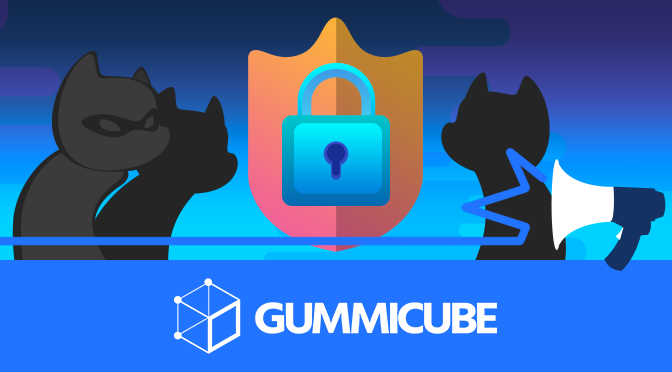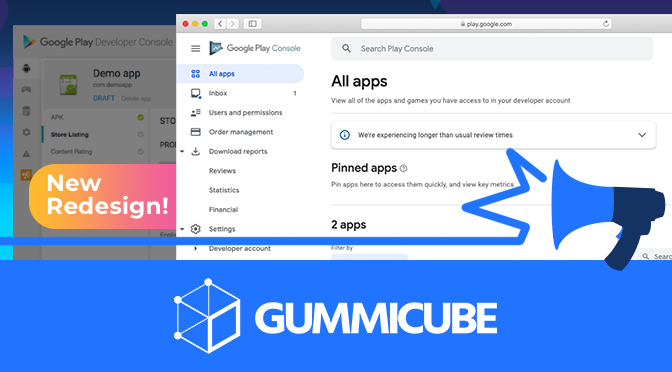
App Store Holiday Schedule 2020
Posted on November 23rd, 2020
When is the App Store Holiday Schedule 2020? Learn about the dates of this year's shutdown and how to prepare.

Competition in the Google Play Store is fierce and the opportunity size is huge with more than 2 billion monthly active Android users. Developers are engaged in a constant battle to grab users’ attention and gain marketshare. Google, which built its business making online advertising more effective, is now rolling out major changes to improve its mobile marketing platforms. During the Google I/O conference on May 17th, the company simultaneously unannounced a completely redesigned AdMob and impressive new features for their Universal App Campaign (UAC) format which is accessible via the AdWords interface. While the changes to AdMob are aimed at providing greater transparency and a better experience to end users, Google’s refreshed UAC format presents app developers a serious opportunity to access highly coveted ad inventory in the Play Store.
AdMob is one of the most established mobile ad networks in the world, having paid out more than $3.5 billion in ads revenue to developers since its founding. While this is impressive, any established product needs to have the cobwebs cleaned out every few years. The changes that are coming to AdMob include the adoption of Material Design, which will provide developers with a familiar and elegant interface across web and mobile platforms. In addition to improvements in the user interface, this update will allow developers to easily track performance of their app and related advertising campaigns with the integration of Google Analytics for Firebase.
Google has made it simple for developers to link their AdMob and Firebase accounts to gain access to crucial performance data all in one place. This means it just became much simpler to look at the entire funnel of your AdMob implementation, from clicks all the way through to app monetization. It is clear that Google, with their broad rollout of Firebase, is aiming to become a complete solution for attribution across the entire funnel. The inclusion of Firebase in AdMob follows a similar planned rollout across Google’s AdWords platform, creating a unified attribution environment across Google mobile channels.
Through AdWords, Google presents app developers with a number of different channels where they can market their app and boost installs. In addition to traditional channels including paid search, display, and video that have traditionally been Google’s “bread and butter”, another format exists called Universal App Campaign (UAC). The promise of UAC is simultaneous access to inventory across all Google channels, with Google tuning user acquisition cost based on your CPI goals automatically. While UAC sounded great for many developers, the reality is that the program is a kind of black box where the source of installs aren’t transparently disclosed. This caused many experienced marketers to de-prioritize UAC in favor of manually managing their Google ad campaigns one channel (and one click) at a time. Many apps were able to achieve better CPI’s (cost per install) using this manual method. Google has responded to the concerns of marketers by offering a new incentive to use UAC campaigns, even if in conjunction with traditional manual campaigns. This incentive offers up prime ad inventory and placements in the Google Play store only to developers running a UAC campaign. This means that even when running specific search, display and video campaigns from the AdWords interface, developers will need to turn on UAC to access some of the best inventory. At the same time as Google is reserving some of the best inventory for UAC campaigns, they are also improving how UAC campaigns perform. To help apps appear more in the Play Store, Google has added the new expansion called Smart Bidding. This strategy has been expanded to help acquire more high-value users and create tailored bids unique to a developer’s business goals. Through Smart Bidding, UAC will find the right users based on installs, events and value to attract high-valued users.
Despite having improved integration and performance of their own attribution tools, Google is also making it easier to work with third-party measurement providers. Google has now integrated seven global companies (Adjust, Adways, AppsFlyer, Apsalar, CyberZ, Kochava and TUNE) into AdWords to ensure that developers have consistent data to review their app’s metrics. This data will provide valuable insights on where users engage most with an app to help developers make necessary adjustments to their ad campaigns. The updates to UAC and the integration of these leading third-party attribution partners into AdWords shows that Google understands that developers need not only more distribution, but also greater transparency into where the highest quality users are coming from. Whether focused on improving performance of advertising campaigns in Google channels or seeking a simple view of performance across all channels, these changes should make life easier for app developers.

When is the App Store Holiday Schedule 2020? Learn about the dates of this year's shutdown and how to prepare.

Apple's App Store Guidelines have strict privacy requirements. Developers now must provide information to users on the App Store listing regarding the data they access.

The Google Play Developer Console has been updated with a new design and adjusted tools. What's different, and how will it impact App Store Optimization?